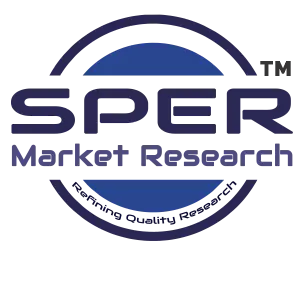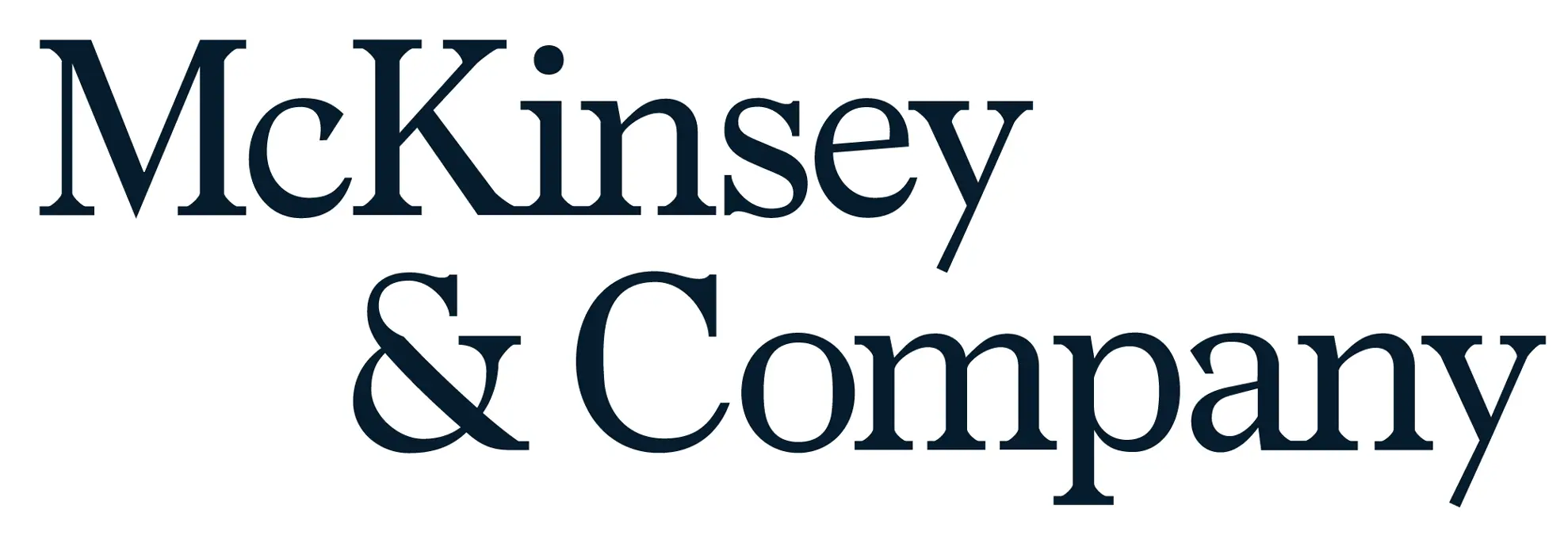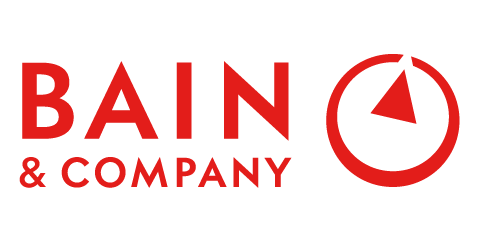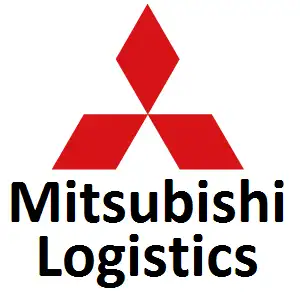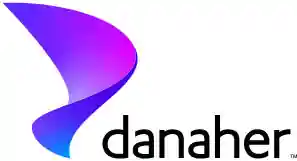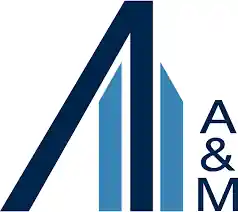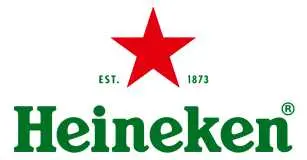
Autonomous Train Components Market Trends, Share, Scope and Future Challenges Till 2034
Global Autonomous Train Components Market Growth, Size, Trends Analysis- By Component, By Grade, By Train, By Technology - Regional Outlook, Competitive Strategies and Segment Forecast to 2034
| Published: May-2025 | Report ID: AMIN2519 | Pages: 1 - 250 | Formats*: |
| Category : Automotive & Transportation | |||
Global Autonomous Train Components Market Introduction and Overview
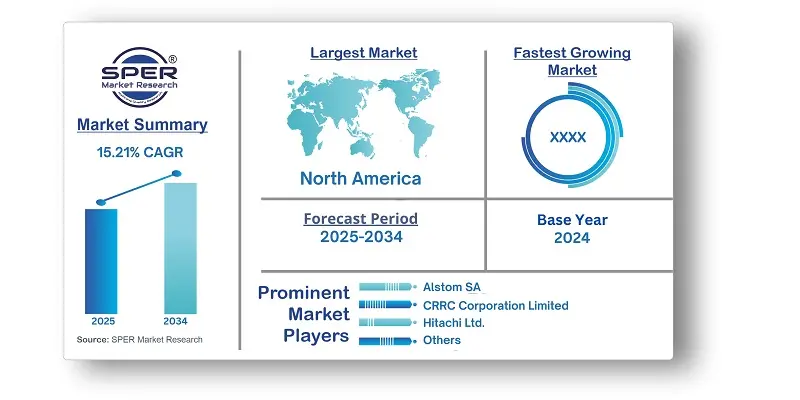
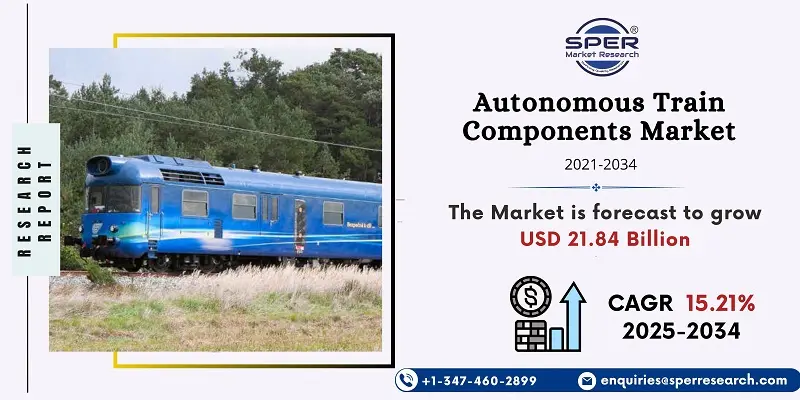
| Report Metric | Details |
| Market size available for years | 2021-2034 |
| Base year considered | 2024 |
| Forecast period | 2025-2034 |
| Segments covered | By Component, ByGrade, By Train, By Technology |
| Regions covered | North America, Latin America, Asia-Pacific, Europe, and Middle East& Africa |
| Companies Covered | AlstomSA, CRRC Corporation Limited, Hitachi Ltd., Mitsubishi Electric, QualcommTechnologies, Inc., Rockwell Automation Inc., Schneider Electric, Siemens AG,Thales Group, and Wabtec Corporation. |
- Global Autonomous Train Components Market Size (FY’2021-FY’2034)
- Overview of Global Autonomous Train Components Market
- Segmentation of Global Autonomous Train Components Market By Component (RADAR module, Optical sensor & camera, Odometer, Antenna, LiDAR module, Infrared camera, Others)
- Segmentation of Global Autonomous Train Components Market By Grade (GoA1, GoA2, GoA3, GoA4)
- Segmentation of Global Autonomous Train Components Market By Train (Long Distance Train, Surburban, Tram, Monorail, Metro)
- Statistical Snap of Global Autonomous Train Components Market
- Expansion Analysis of Global Autonomous Train Components Market
- Problems and Obstacles in Global Autonomous Train Components Market
- Competitive Landscape in the Global Autonomous Train Components Market
- Details on Current Investment in Global Autonomous Train Components Market
- Competitive Analysis of Global Autonomous Train Components Market
- Prominent Players in the Global Autonomous Train Components Market
- SWOT Analysis of Global Autonomous Train Components Market
- Global Autonomous Train Components Market Future Outlook and Projections (FY’2025-FY’2034)
- Recommendations from Analyst
SPER Market Research’s methodology uses great emphasis on primary research to ensure that the market intelligence insights are up to date, reliable and accurate. Primary interviews are done with players involved in each phase of a supply chain to analyze the market forecasting. The secondary research method is used to help you fully understand how the future markets and the spending patterns look likes.
The report is based on in-depth qualitative and quantitative analysis of the Product Market. The quantitative analysis involves the application of various projection and sampling techniques. The qualitative analysis involves primary interviews, surveys, and vendor briefings. The data gathered as a result of these processes are validated through experts opinion. Our research methodology entails an ideal mixture of primary and secondary initiatives.
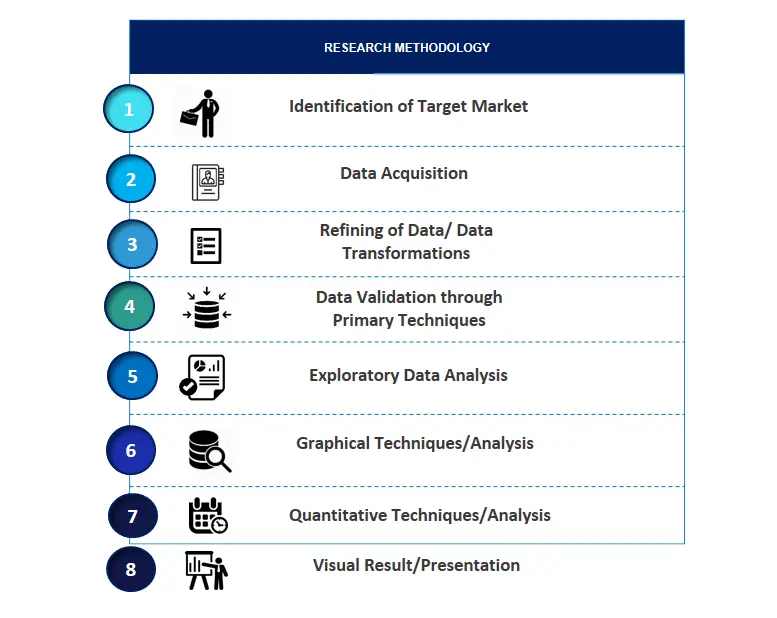
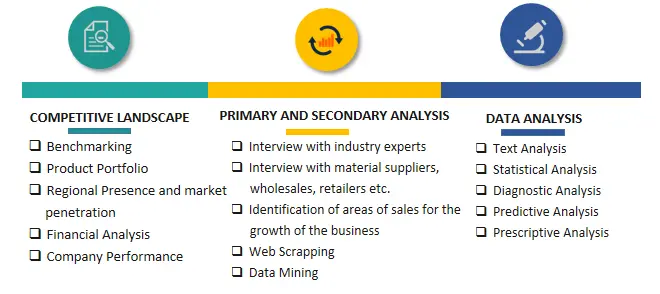

Frequently Asked Questions About This Report
PLACE AN ORDER
Year End Discount
Sample Report
Pre-Purchase Inquiry
NEED CUSTOMIZATION?
Request CustomizationCALL OR EMAIL US
100% Secure Payment
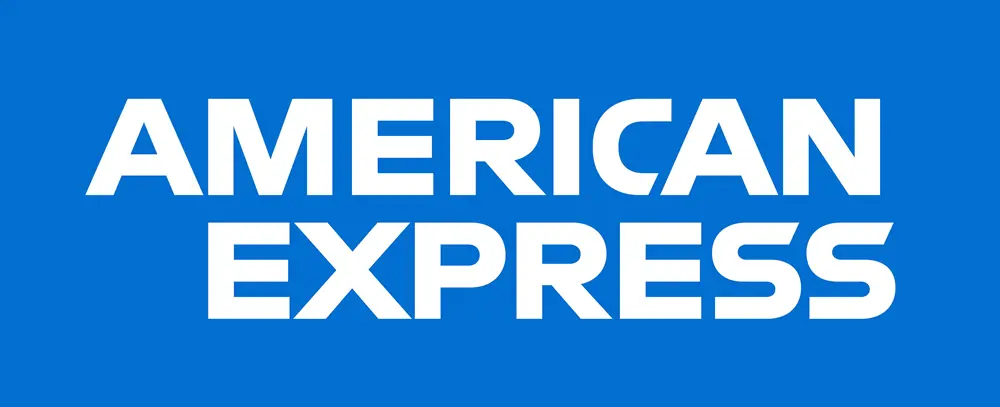
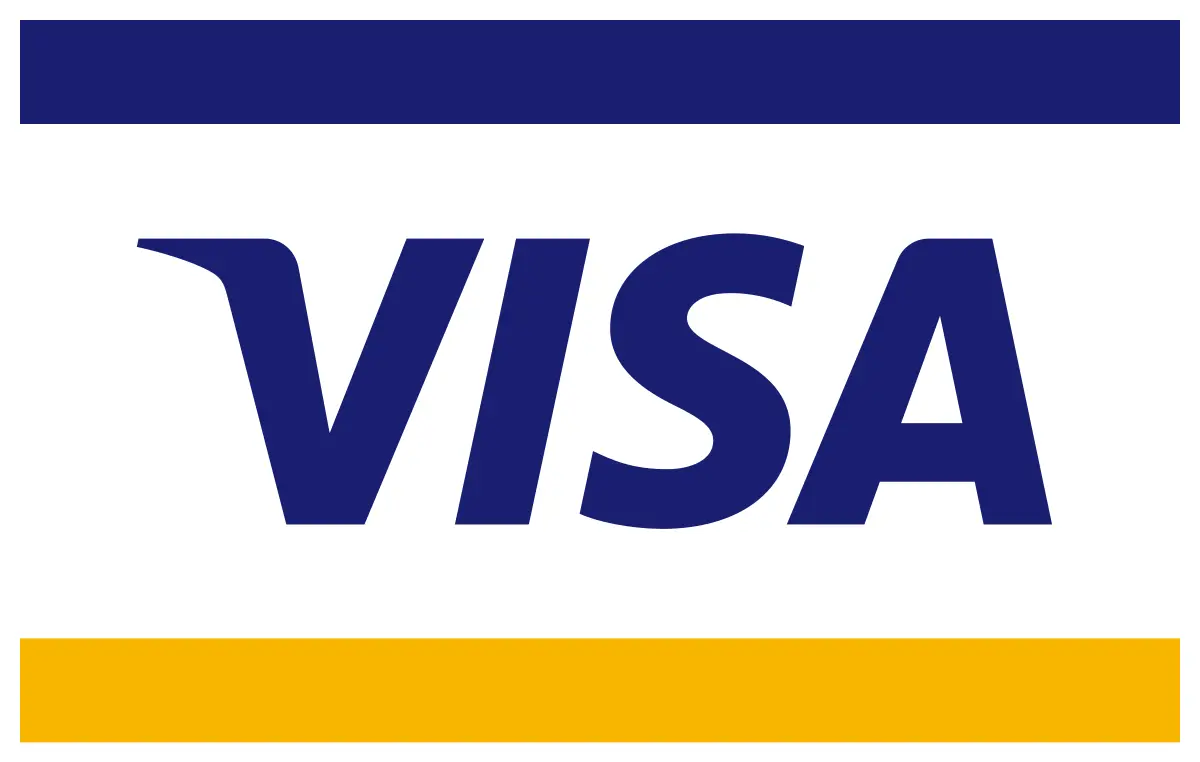




Related Reports
Our Global Clients
Our data-driven insights have influenced the strategy of 200+ reputed companies across the globe.

